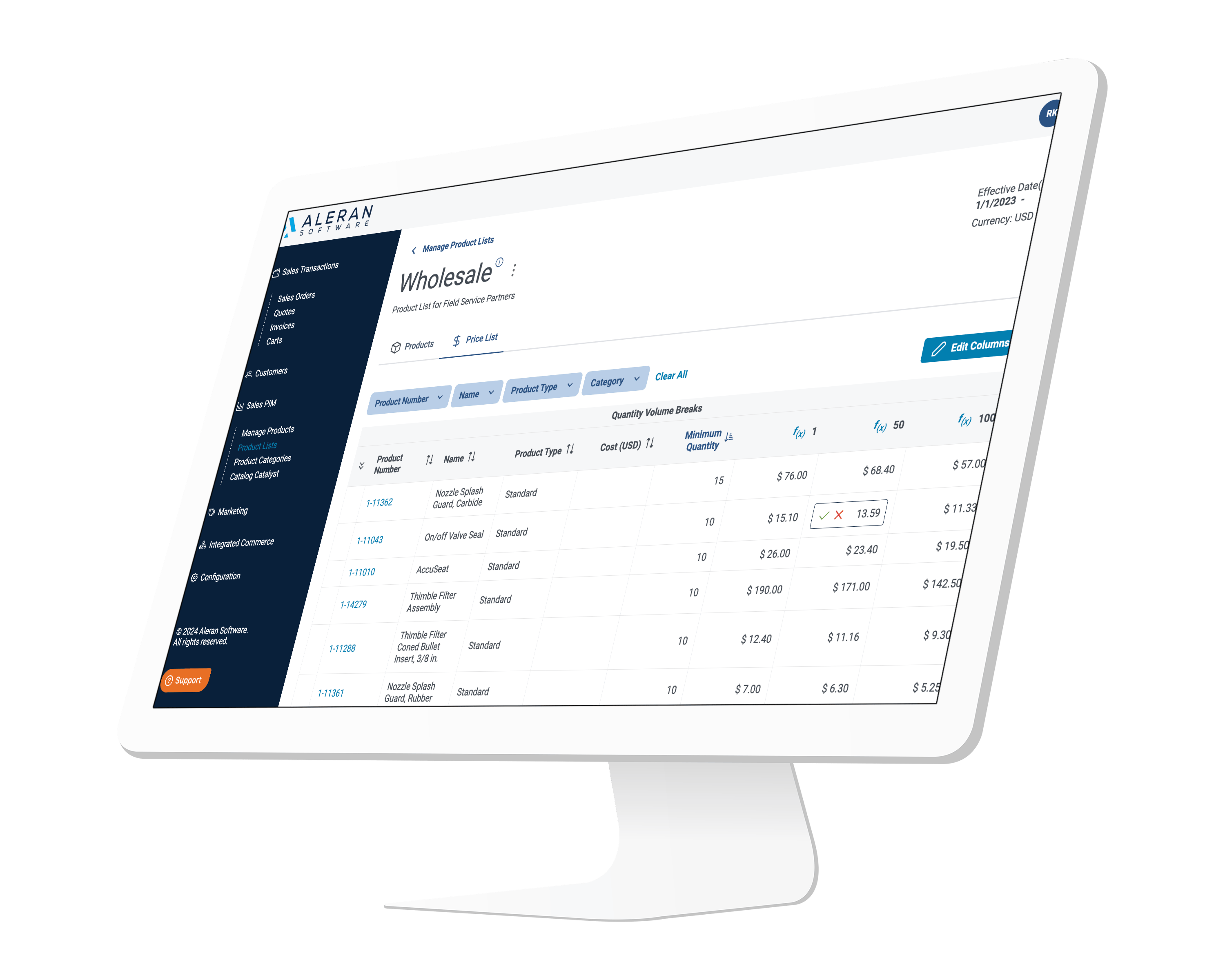Chapter 1: B2B 101
The ABCs of B2B
B2B vs. B2C Target Audiences
Modern B2B Marketing
Chapter 2: B2B E-Commerce
Why is eCommerce a “Critical Strategy”
How to find the best-fit B2B e-commerce platform
Chapter 3: Succeeding in B2B eCommerce
How to Succeed in B2B E-Commerce
Common E-Commerce Roadblocks for Manufacturers
Create Intuitive, Customized, and Effortless E-Commerce Experiences
Chapter 4: The Future of B2B is E-Commerce
SaaS E-Commerce Platforms
Why B2B E-Commerce is Important
Today’s B2B Buyer
Chapter 5: B2B Marketplaces and Integration Capabilities
Self-Service in B2B E-Commerce
Vertical B2B Marketplaces are Soaring
5 Must-Have B2B Integration Capabilities
Chapter 6: How to Win in an Evolving B2B Landscape
5 Common eCommerce Mistakes
The Amazon Challenge
Finding the right technology partner to implement your B2B E-Commerce strategy
Ready to Take Your B2B E-Commerce to the Next Level?
#B2BCommerce #B2BMarketplaceSoftware #B2BeCommercePlatforms
TL;DR: SaaS E-Commerce Platforms, What are B2B Marketplaces, and Why Use Them? Self-Service in B2B E-Commerce


